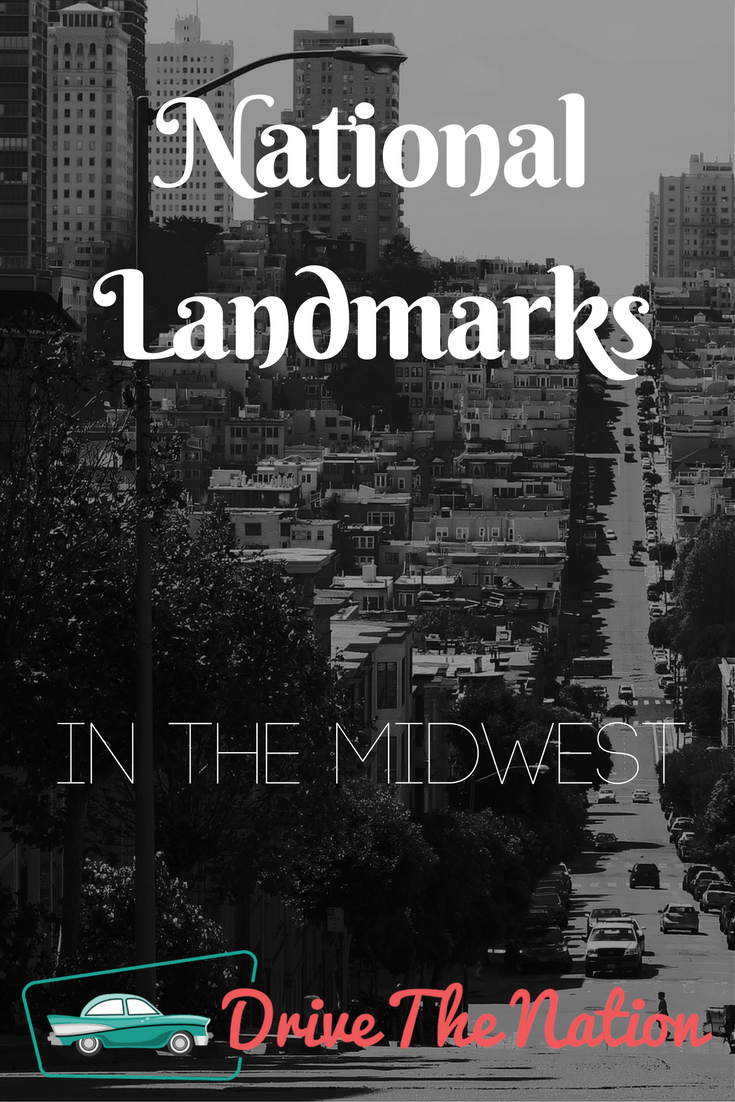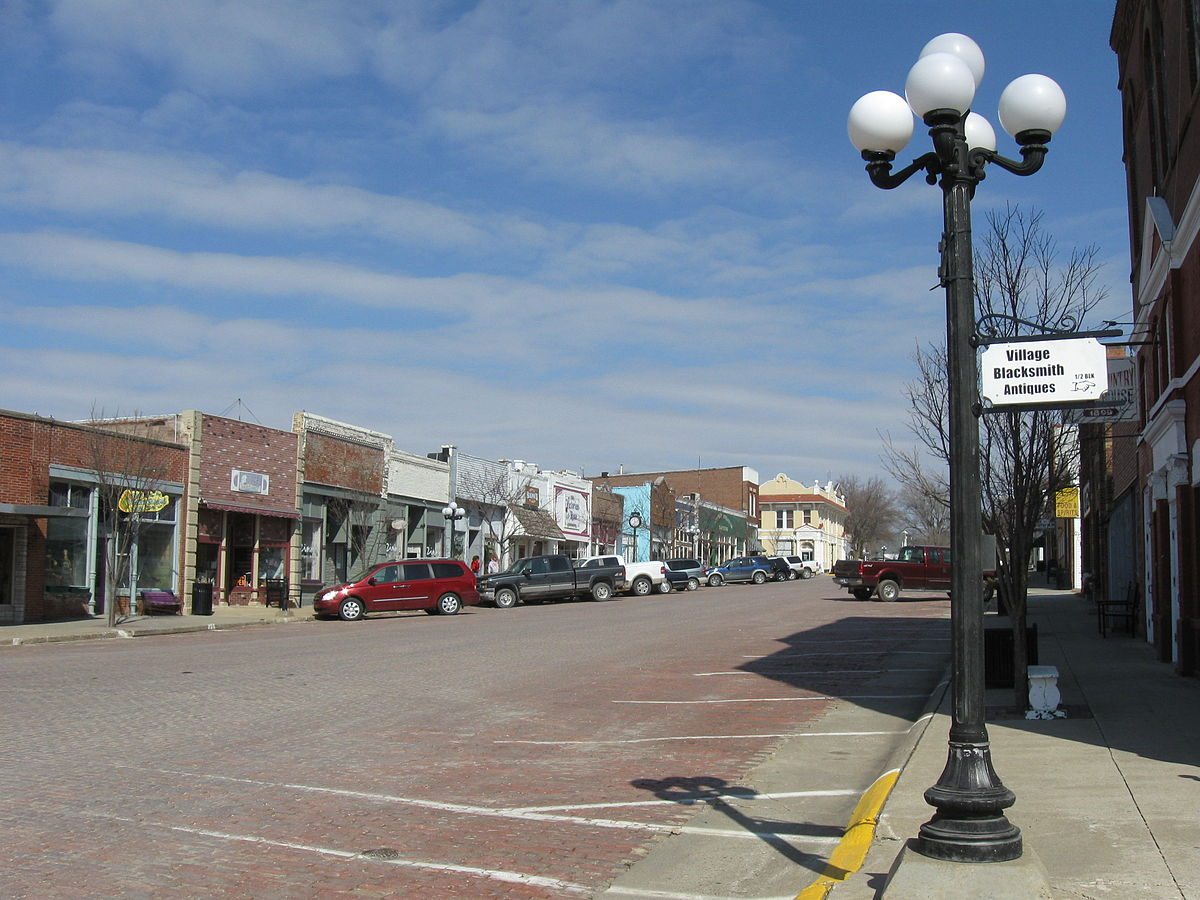The Midwest has a huge collection of oddities, nationally recognized landmarks, and other unique offerings you just can’t find anywhere else. Sometimes it feels like you can’t turn around without seeing something of significance in Middle America.
While everyone knows about the St. Louis Gateway Arch or Mount Rushmore, there are so many other unique historic landmarks that you can visit. Here are five historic landmarks you may not have known about that you can visit on your next Midwestern road trip.
Pipestone National Monument
PIPESTONE, MINNESOTA. A good road trip adventure involves the great outdoors, living history, and the ability to walk away having learned something new. Pipestone National Monument does just that. This sacred red clay quarry is surrounded by wilderness, including trails through the banded quartzite cliffs and the picturesque Pipestone Creek. Best of all, real members of the residing indigenous tribe provide live demonstrations. For example, carving the red pipestone into its namesake ceremonial pipes, as well as other on display carved clay tools.
George M. Verity Museum
KEOKUK, IOWA. While fake steamboats are a dime a dozen, you can board one of three remaining actual steamboats. This museum’s a historic look at pre-motorized boats during its 33 years of service along the Mississippi and Ohio River. Originally built in 1927 under the name S.S. Thorpe, this floating museum is the perfect way to experience history.
Fort Union Trading Post Historical Site
WILLISTON, NORTH DAKOTA. You’ll find a historic fort-style trading post that acted as a regional commerce hub for 40 years in the 1800s. While this isn’t actually a military fort, this National Historic Landmark certainly it’s an attention grabber.
Fort Union Trading Post was the site of a peaceful trading operation between the American Fur Company and six indigenous tribes. Together, the seven parties routinely traded animal hides, pipes, weapons, and beads contributing to annual sales of $100,000.
This site is now home to volunteers who take on the roles of those who worked at the trading post. If you love the American history you can’t find in a textbook, you should put this on your must-see list.
Guthrie Historic District
GUTHRIE, OKLAHOMA. While many historical landmarks are an open field or an old home, this landmark’s an entire block of active stores. The original capital of Oklahoma became a literal overnight success – with over 10,000 residents moving in on the same evening. Unlike other historic landmarks, this one has over 2,100 buildings and stretches across 1,400 acres. Best of all, most of these buildings are open and modern stores, restaurants, and other local businesses.
While many of these buildings are residential, most function as open to the public. You can find multiple styles of early architecture. Such as Late Victorian, Classical Revival, 19th Century, and early 20th Century style buildings. If you want to see one of the original classic American main streets, Guthrie is worth a stroll.
First Ladies National Historic Site
CANTON, OHIO. It’s been said that behind every great man there’s a great woman. And there are few greater women to celebrate than the First Ladies of the United States.
On another note, this landmark has actually two distinct buildings; the National First Ladies’ Library, and the First Ladies National Historic Site.
First, the library can be found on the second floor of the Ida Saxton McKinley Historic Home. The first floor’s an exhibit and replication of the first White House library, created by then-First Lady Abigail Fillmore. The home also preserves the memory of First Lady McKinley with guided tours and exhibits from her era as well.
Finally, the First Ladies National Historic Site is located in a separate building called the Education & Research Center but is included in your admission. With a two-for-one historical outing, the First Ladies National Historic Site isn’t just a great landmark; it’s great family fun.











